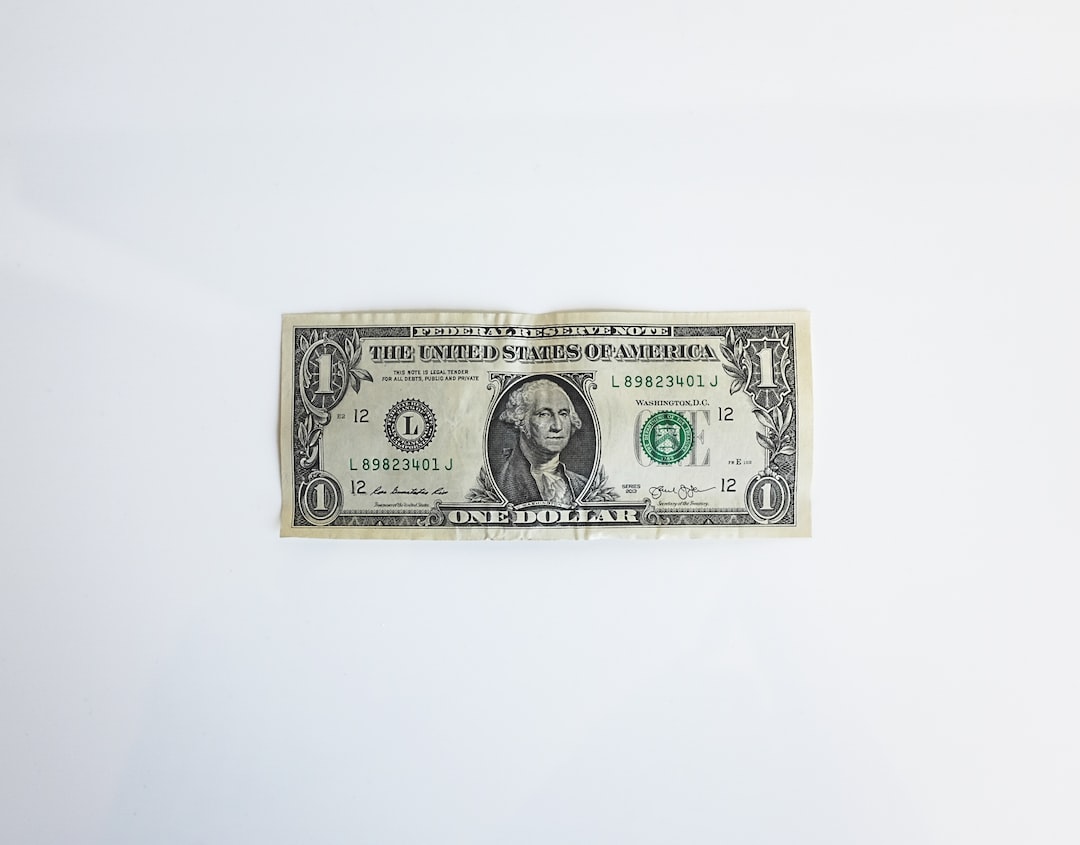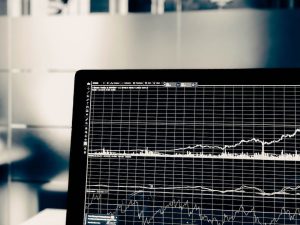EMA is an acronym that stands for Exponential Moving Average, a popular technical indicator used in forex trading. The exponential moving average is a type of moving average that gives more weight to recent price data, making it more responsive to the latest market trends. EMA 10, EMA 30, and EMA 50 refer to the different periods that traders use to calculate the indicator. In this article, we will explore what EMA 10, EMA 30, and EMA 50 are and how traders use them in forex trading.
EMA 10
EMA 10 is a 10-period exponential moving average. This means that it calculates the average price of the last ten periods, with more weight given to the most recent prices. EMA 10 is a short-term moving average that is used by traders to identify short-term trends in the market. When the price is above EMA 10, it indicates a bullish trend, and when the price is below EMA 10, it indicates a bearish trend. Traders also use EMA 10 as a signal line to identify entry and exit points for their trades.
EMA 30
EMA 30 is a 30-period exponential moving average. This means that it calculates the average price of the last thirty periods, with more weight given to the most recent prices. EMA 30 is a medium-term moving average that is used by traders to identify medium-term trends in the market. When the price is above EMA 30, it indicates a bullish trend, and when the price is below EMA 30, it indicates a bearish trend. Traders also use EMA 30 as a signal line to identify entry and exit points for their trades.
EMA 50
EMA 50 is a 50-period exponential moving average. This means that it calculates the average price of the last fifty periods, with more weight given to the most recent prices. EMA 50 is a long-term moving average that is used by traders to identify long-term trends in the market. When the price is above EMA 50, it indicates a bullish trend, and when the price is below EMA 50, it indicates a bearish trend. Traders also use EMA 50 as a signal line to identify entry and exit points for their trades.
How Traders Use EMA 10, EMA 30, and EMA 50 in Forex
Traders use EMA 10, EMA 30, and EMA 50 in forex trading to identify trends and potential entry and exit points for their trades. When the price is above all three EMAs, it is considered to be a strong bullish trend. Conversely, when the price is below all three EMAs, it is considered to be a strong bearish trend. Traders also look for crossovers between the EMAs to identify potential entry and exit points for their trades.
For example, when EMA 10 crosses above EMA 30, it is considered a bullish signal. This indicates that the short-term trend is starting to turn bullish, and traders may look for long opportunities. Conversely, when EMA 10 crosses below EMA 30, it is considered a bearish signal. This indicates that the short-term trend is starting to turn bearish, and traders may look for short opportunities.
Similarly, when the price crosses above EMA 50, it is considered a bullish signal. This indicates that the long-term trend is starting to turn bullish, and traders may look for long opportunities. Conversely, when the price crosses below EMA 50, it is considered a bearish signal. This indicates that the long-term trend is starting to turn bearish, and traders may look for short opportunities.
Conclusion
EMA 10, EMA 30, and EMA 50 are popular technical indicators used by forex traders to identify trends and potential entry and exit points for their trades. EMA 10 is a short-term moving average that is used to identify short-term trends, EMA 30 is a medium-term moving average that is used to identify medium-term trends, and EMA 50 is a long-term moving average that is used to identify long-term trends. Traders use these EMAs to identify potential trading opportunities and to confirm their trading decisions.






